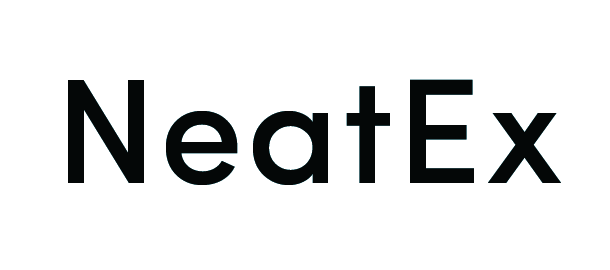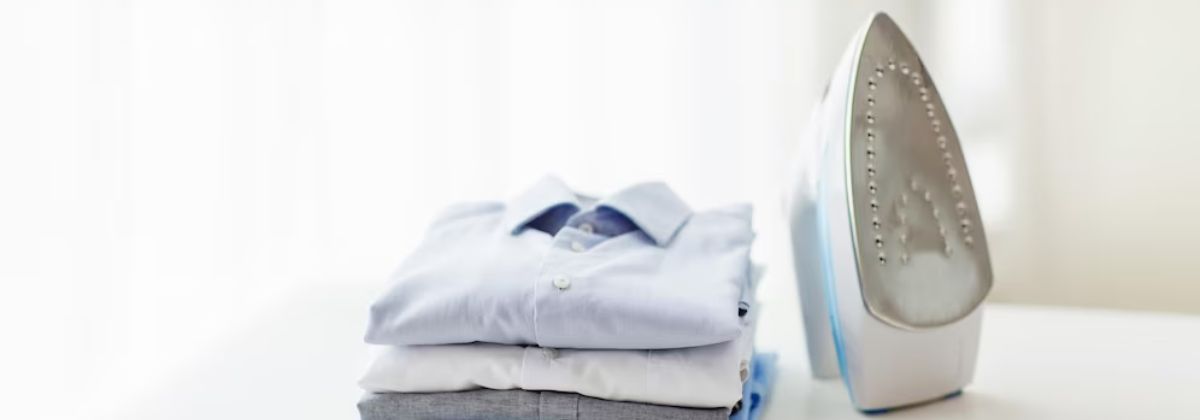13 Aug Eco-Friendly Ironing: Energy-Saving Tips for a Greener Routine
Ironing clothes is a common household chore that often goes unnoticed in terms of its environmental impact. However, with a few simple changes to your ironing routine, you can significantly reduce your energy consumption and contribute to a more sustainable lifestyle. In this blog post, we’ll explore eco-friendly ironing practices that not only help you achieve wrinkle-free clothes but also minimize your carbon footprint.
How Ironing May Affect the Environment?
Ironing, while seemingly innocuous, can have various effects on the environment. Here are some ways in which ironing may impact the environment:
-
Energy Consumption:
Ironing requires electricity to heat the iron, and the energy used is often generated from non-renewable sources such as coal or natural gas. This contributes to greenhouse gas emissions and air pollution, which can have negative effects on the environment and human health.
-
Carbon Footprint:
The energy used for ironing contributes to your carbon footprint, which is a measure of the total greenhouse gas emissions produced as a result of your activities. The larger your carbon footprint, the more you contribute to climate change and its associated environmental impacts.
-
Resource Depletion:
The production of irons and ironing boards involves the extraction of raw materials, manufacturing processes, and transportation, all of which can contribute to resource depletion and environmental degradation.
-
Water Consumption:
Some people use water sprays or steam functions while ironing. While this can reduce energy consumption, excessive water usage can strain local water resources and ecosystems, especially in areas where water scarcity is a concern.
-
Waste Generation:
Over time, ironing boards and irons can become worn out or obsolete, leading to waste generation. If these items are not properly recycled or disposed of, they can contribute to landfill waste and pollution.
-
Chemical Use:
Some people use starch or other chemicals to make ironing easier. These chemicals can be harmful to the environment if not disposed of properly, and their production can also have ecological impacts.
-
Air Quality:
The heat generated during ironing can release small amounts of volatile organic compounds (VOCs) from fabrics, which can contribute to indoor air pollution. While the direct impact might be relatively small, in poorly ventilated areas, this can affect indoor air quality.
-
Microfiber Pollution:
Ironing synthetic fabrics can lead to the shedding of microfibers – tiny plastic particles – into the air and potentially into water sources. These microfibers can accumulate in the environment, harming aquatic life and potentially entering the food chain.
To mitigate these environmental impacts, consider adopting energy-saving ironing practices as outlined in the previous blog post. Additionally, you can choose natural fabrics that require less ironing, minimize the use of chemicals, and properly maintain and recycle your ironing equipment. While individual actions may seem small, collectively, they can contribute to a more sustainable and eco-friendly approach to ironing and household chores.
NeatEx Eco-Friendly Ironing Tips
-
Choose an Energy-Efficient Iron
Start your eco-friendly ironing journey by investing in an energy-efficient iron. Look for irons that are labelled with the ENERGY STAR certification, which indicates that they meet strict energy efficiency guidelines. These irons use less electricity and heat up faster, reducing both your energy consumption and ironing time.
-
Optimize Your Ironing Setup
The way you set up your ironing area can impact energy consumption. Follow these steps to optimize your setup:
- Choose a well-lit area: Natural light reduces the need for additional artificial lighting, saving energy.
- Unplug when not in use: Always unplug your iron when you’re not actively using it. Irons left plugged in can still consume energy, even if they’re not turned on.
- Iron in batches: Ironing multiple clothes in one session allows your iron to maintain its heat, reducing the need for frequent reheating.
-
Sort and Prioritize Clothes
Before you begin ironing, sort your clothes by fabric type and temperature settings. This way, you can iron clothes with similar temperature requirements together, preventing unnecessary adjustments and reheating. Prioritizing the items you need immediately also helps minimize overall ironing time and energy consumption.
-
Use a Spray Bottle or Steam Function
Instead of using the highest heat setting on your iron, which consumes more energy, consider using the steam function or a spray bottle. Lightly misting your clothes with water before ironing can help relax wrinkles, allowing you to use a lower temperature setting and less energy.
-
Opt for Eco-Friendly Ironing Boards
If you’re in need of a new ironing board, choose one made from sustainable materials. Some eco-friendly options use bamboo or other renewable materials. Additionally, look for boards with heat-reflective covers, as they can help distribute heat more evenly and reduce the need for higher iron temperatures.
-
Embrace Natural Fabrics
Natural fabrics like cotton and linen tend to be less prone to wrinkles than synthetic materials. By opting for clothes made from these fabrics, you can reduce the time and energy required for ironing.
-
Time Your Ironing Wisely
Consider ironing during off-peak energy hours, which are typically during the early morning or late evening. Energy demand is lower during these times, which can lead to more efficient use of electricity and potentially lower energy costs.
The Last Word
Eco-friendly ironing isn’t just about achieving a polished appearance for your clothes; it’s also about reducing your environmental impact. By following these energy-saving tips, you can create a greener ironing routine that aligns with your commitment to sustainability. Remember, every small change adds up, and your efforts to save energy while ironing contribute to a more eco-friendly lifestyle.




Sorry, the comment form is closed at this time.